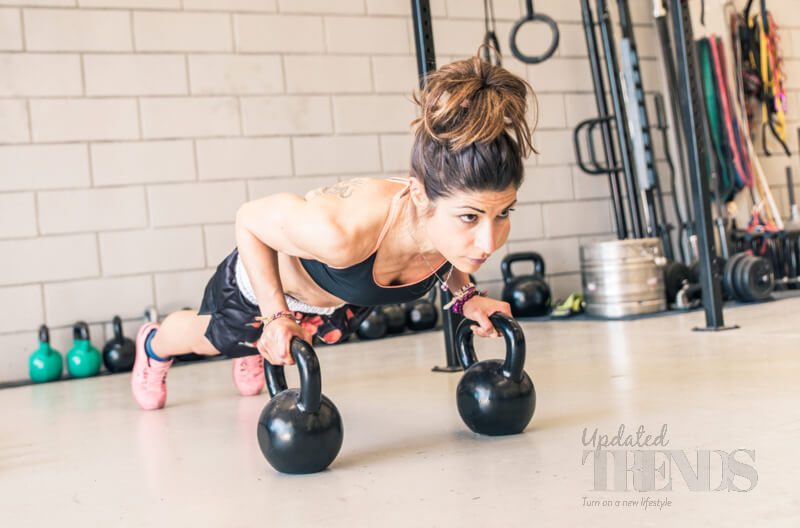Fitness is not all about bulking up those muscles or being able to lift heavy weight. True fitness is a mix of stamina, strength and flexibility.When your doctor asks you to get fit, you might think of going for a walk on a regular basis or going swimming – all these exercises help you achieve these three pillars of fitness.
Here’s how you can go about achieving stamina, strength and flexibility and testing what helps build these pillars –
1. Stamina

The easiest exercises to help increase your heart health, cardiovascular exercises like walking, running, swimming, cycling, aerobics are all beneficial.
Walking is obviously the most easily practicable exercise as there is minimal impact in the body, requires less investment and is less stressful on the joints. It can be easily amped up by speed-walking or increasing the incline, if you are walking on a treadmill and is known to increase stamina greatly.
While doing cardio at a steady pace helps burn calories and elevates your mood, you need to challenge yourself for added benefits. For example, if you walk for 45 minutes at a steady pace, covering the same distance, try including short intervals of incline walks or sprints to elevate the heart rate. This is also known as High-Intensity Interval Training (HIIT). This is a proven practice to help increase stamina where one alternates between a short, intense spurt of activity and a slower pace – repeatedly. HIIT is known to facilitate growth hormone production and burn calories in a very short period of time. However, it should not be doe more than 3 times a week for more than 20 minutes at a stretch.
2. Strength

Strength training primarily focuses on the muscular-skeletal system. While running a walking too make use of the muscular system, the primary focus of such activities is to challenge the heart and lungs. In strength training, the primary focus is on developing quality and quantity of muscles.
As we age, muscles deteriorate with disuse and increasing muscle mass offers several health benefits. Strength training not only provides your metabolism a boost but also builds bones, protecting you against osteoporosis. It increases the strength of the muscles, tendons, ligaments surrounding the joints, thereby them. The best way to go about strength training is by doing it twice or thrice a week, addressing each muscle in the body, at least twice a week.
3. Flexibility

Our muscles are inherently elastic, but as we age, we lose this ability. If we don’t sustain our muscles, they tend to become less flexible and weak, making simple movements difficult.
An easy way to improve flexibility is by practicing simple yoga or stretches. If done every day, even for 15 minutes, these exercises help keep muscles supple. A few benefits of doing flexibility exercises on a daily basis include – better posture, fewer aches and pains, graceful movements and better functionality. In addition, if you work with a trainer, muscle imbalance caused by the unequal strength and flexibility between opposing muscles, can be checked.
Photo credits – Shutterstock











